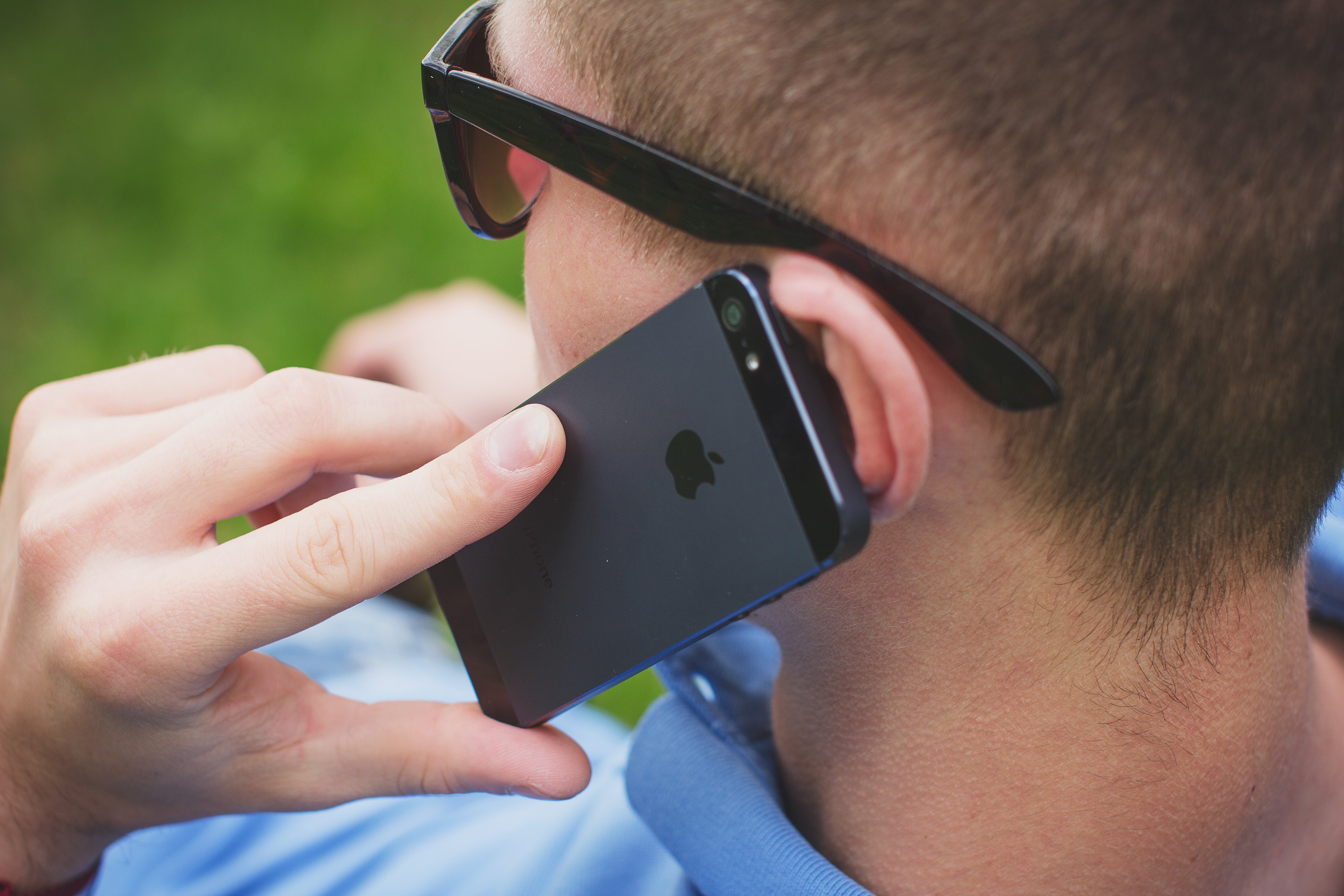Suicide
September is Suicide Prevention Month: Start the Conversation
An excerpt from Pennsylvania’s Suicide Prevention Month Guide Start the Conversation:
September is Suicide Prevention Month, with the week of September 8–14 identified as National Suicide Prevention Week. September 10 is recognized as World Suicide Prevention Day in countries around the world. This year marks the beginning of a new three-year theme focused on changing the narrative on suicide, which involves moving beyond awareness to starting conversations and taking action. Across sectors and settings, changing the narrative requires both culture and systemic change to provide meaningful education, advocate for resources, and prioritize suicide prevention in an ongoing way.
Read the Start the Conversation guide to learn how to speak with others about suicide prevention as well as gain access to toolkits and resources.
Free Behavioral Health Training Opportunities Offered by PACHC
The Pennsylvania Association of Community Health Centers (PACHC) is offering free behavioral health training opportunities. A training session on Co-Occurring Mental Health & Substance Use Disorders for PACHC members will take place on July 25 from 10:00 am – 12:00 pm, focusing on evidence-based practices and medication-assisted treatment. Registration is free; register here to attend.
Additionally, PACHC is partnering with the Association of Clinicians for the Underserved (ACU) for a five-part webinar series on Suicide Safer Care July – August 2024, which is aimed at equipping health center staff with strategies to support patients and staff at risk. Sign up for the series at the Webinar Series for Suicide Safer Care for Health Center Staff Registration page or browse ACU’s Suicide Safer Care resources.
Recognizing the Impact of Race, Racism, and Inequity on Mental Health
Message from the Department of Human Services (DHS):
Mental health conditions can impact all individuals, regardless of race, ethnicity, gender, ability, class, sexual orientation, or other social identities. However, systemic racism, implicit and explicit bias, and other circumstances that make individuals vulnerable can also make access to mental health treatment much more difficult.
Mental health care is important to a person’s overall wellbeing. Mental health conditions are treatable and often preventable. Yet many people from historically marginalized groups face obstacles in accessing needed care. These obstacles, which have only been made worse by the COVID-19 pandemic, may include lack of or insufficient health insurance, lack of racial and ethnic diversity among mental health care providers, lack of culturally competent providers, financial strain, discrimination, and stigma. Moreover, immigration status, economic conditions, education levels, and access to public health benefits are just a few differences that can adversely impact people’s experiences when seeking mental health care.
Since 2008, July has been designated as National Minority Mental Health Awareness Month, a time to acknowledge and explore issues concerning mental health within minority communities and to destigmatize mental illness and enhance public awareness of mental illness among affected minority groups across the nation.
Taking on the challenges of mental health takes all of us.
All of society benefits when all people have access to mental health care, supportive social conditions, freedom from stressors that can compromise mental health, and access to other resources needed for health. We all have a role to play in promoting health equity.
Learn more about Minority Mental Health Month:
- Bebe Moore Campbell National Minority Mental Health Awareness Month — NAMI
- National Minority Mental Health Awareness Month — U.S. Dept. Health and Human Service Office of Minority Health
- BIPOC Mental Health Month — Mental Health America
What is Mental Health Equity?
Mental health equity exists when everyone has a fair and just opportunity to reach their highest level of mental health and emotional wellbeing.
Mental health disparities are defined as unfair differences in access to or quality of mental health care according to race and ethnicity. Disparities can take on many forms, are quite common, and are preventable. They can mean unequal access to good providers, differences in insurance coverage, or discrimination by doctors or nurses.
Mental Health Equity Statistics
- 1 in 5 U.S. adults experience mental illness each year
- 1 in 20 U.S. adults experience serious mental illness each year
- 1 in 6 U.S. youth aged 6–17 experience a mental health disorder each year
- 50 percent of all lifetime mental illness begins by age 14, and 75 percent by age 24
- Suicide is the second leading cause of death among people aged 10–34
A New Mental Health Emergency Number Launches in July. Some Hope 988 Is a Catalyst for Bigger Change
Forum: Unpacking the Pediatric Behavioral Health Crisis
Title: A Panel Discussion: Unpacking the Pediatric Behavioral Health Crisis and Key Steps to Address Short- and Long-Term Needs
Date: Thursday, January 27, 2022
11:00 am–12:00 pm EST
Registration: Attendees can register online for the event and add it to their calendar.
Description: Join us for a panel discussion highlighting aspects of the ongoing pediatric behavioral health crisis, seeking your input, and discussing a path forward for ways to better support children and families. As you likely know from your professional and/or personal experience, far too many children and youth across the country are unable to access timely, quality mental health care. What was a crisis before the pandemic has only worsened. According to the CDC, since March 2020, mental health visits have increased for children (ages 5–11) by 24% and youth (ages 12–17) by 31%. In the first half of 2021 alone, children’s hospitals reported cases of self-injury and suicide in ages 5–17 at a rate 45% higher than during the same timeframe in 2019.
This event will be recorded.
A national campaign, Sound the Alarm for Kids, is bringing together organizations calling on Congress to act now to prevent further unaddressed harm to our nation’s children. Every child in America should have the right to live up to their full potential. The mental health crisis is a national emergency – and we’re in the fight of our lives to end it.













